7 Animals That Can Change Color
Color change in animals is a response shaped by evolution. Each species has developed its own method and reason for this ability, like an overreliance on light or temperature cues, or a physiological response to stress or social interaction.
Let’s read up on some creatures that change color and why.
Chameleon

Credit: Wikimedia Commons
When light hits its skin, tiny crystals under the surface shift to reflect different colors. This lets the chameleon cool down, warm up, or send signals to rivals or mates. Scientists figured out that these shade changes happen through crystal movement, not pigment. That makes the process quick and precise. You’ll often see its boldest tones when the animal feels challenged or wants to stand out.
Gray Tree Frog
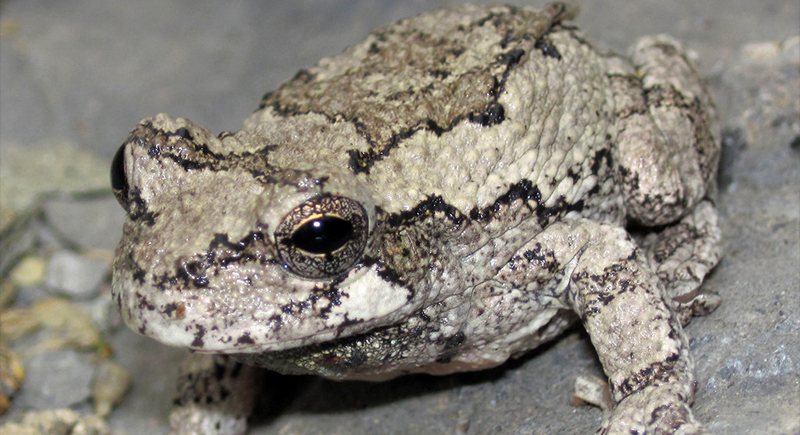
Credit: flickr
Blending into bark and lichen aids the gray tree frog in avoiding predators by shifting its skin tone between green, brown, and grey based on temperature, light, and surface texture. It takes several minutes to adjust, but the result is usually enough to stay hidden. When it leaps, it flashes a burst of orange from its inner thighs—likely to startle predators.
Octopus

Credit: flickr
Researchers have watched the octopus alter both color and texture in less than a second. It uses pigment sacs in the skin, controlled by its nervous system, to vary shades instantly. Beneath those, reflective layers fine-tune the look with added shine or dullness. The octopus can copy coral, sand, or even other animals.
Cuttlefish
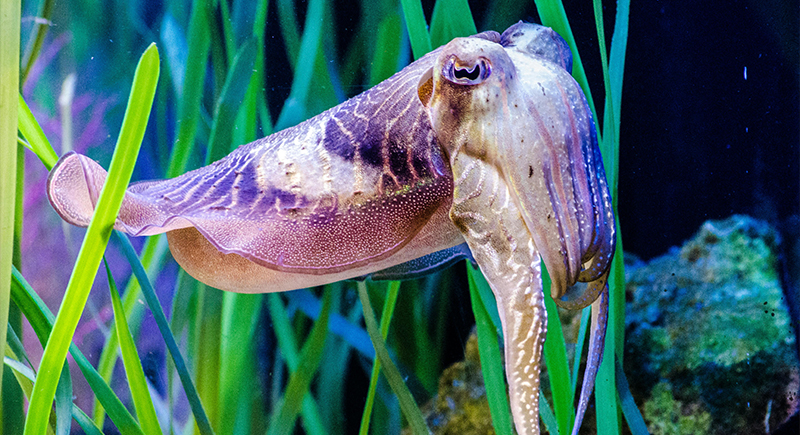
Credit: pexels
Earning the nickname “chameleon of the sea,” the cuttlefish has long fascinated researchers with its color-shifting abilities. After living in shallow oceans for millions of years, it developed muscle-controlled pigment cells that let it flash complex patterns across its skin. Some parts of its body send out moving displays, while others stay neutral for camouflage.
Arctic Hare

Credit: flickr
As winter approaches, the Arctic hare begins growing a white coat, triggered by the amount of sunlight each day. This seasonal tinge alteration hides it in snowy lands, where being visible could mean getting caught by predators. The white fur also adds insulation during the coldest months.
Golden Tortoise Beetle
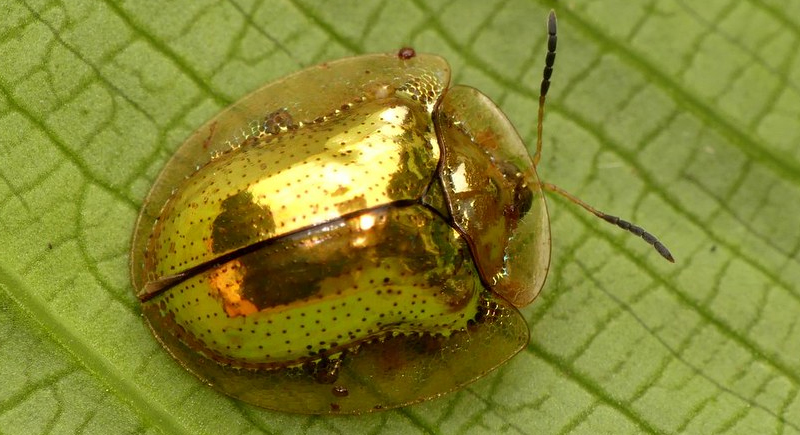
Credit: flickr
Losing its golden shine in seconds lets the golden tortoise beetle prevent being eaten by confusing predators with a sudden difference in appearance. Its metallic surface turns dull orange or dark brown when internal fluids move. The beetle returns to gold once the threat passes.
Crab Spider
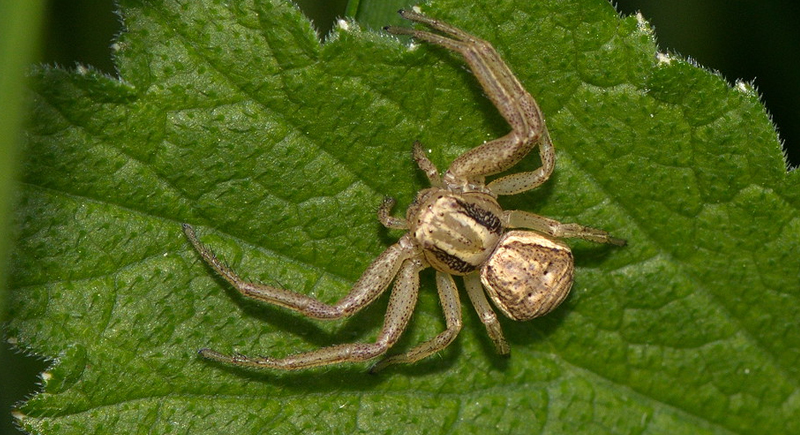
Credit: flickr
Instead of instant switches, this spider takes a few days to match the color of the flower it’s hunting on. That color allows it to remain unnoticed while insects land nearby. Researchers found that the crab spider doesn’t mimic petal patterns, just overall color. Once it settles into a color, it stays put until it moves to a different flower.
Stoat
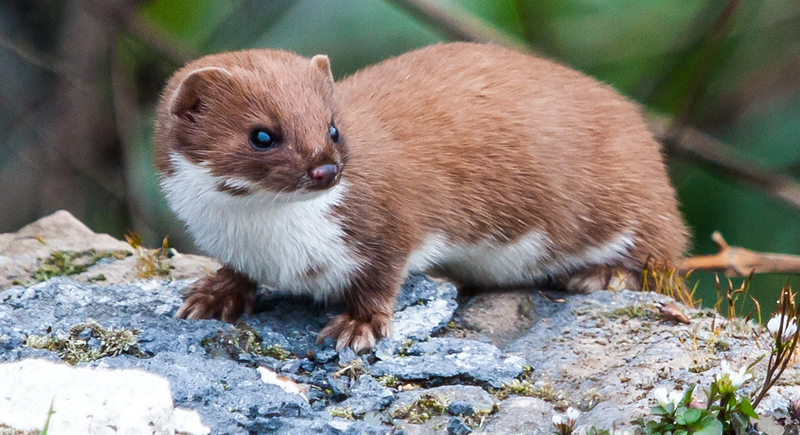
Credit: flickr
The white winter coat of the stoat once held value far beyond survival and became a luxury item worn by royalty and used in ceremonial robes. This seasonal fur appears as temperatures drop and daylight shortens.
Seahorse

Credit: pexels
Shade modifications in the seahorse slow down during courtship, with subtle variations unfolding over time as part of a longer display. Hormones adjust pigments in the skin and create gentle patterns that often match or complement those of a potential mate. In species that form lasting bonds, pairs sometimes mirror each other’s colors to reinforce the connection.
Peacock Flounder
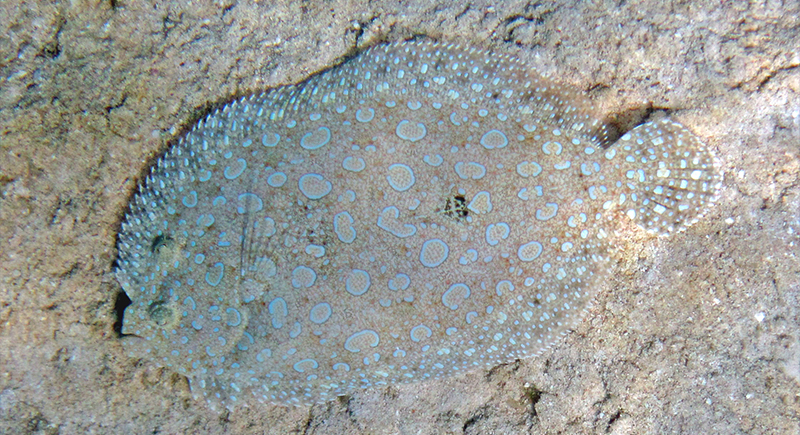
Credit: Wikimedia Commons
While scanning the ocean floor with both eyes, the peacock flounder quickly adjusts its skin to match the surrounding sand, coral, or gravel. Studies show it can match new backgrounds in as little as eight seconds by using pigment cells that respond to visual cues.
Shore Crab
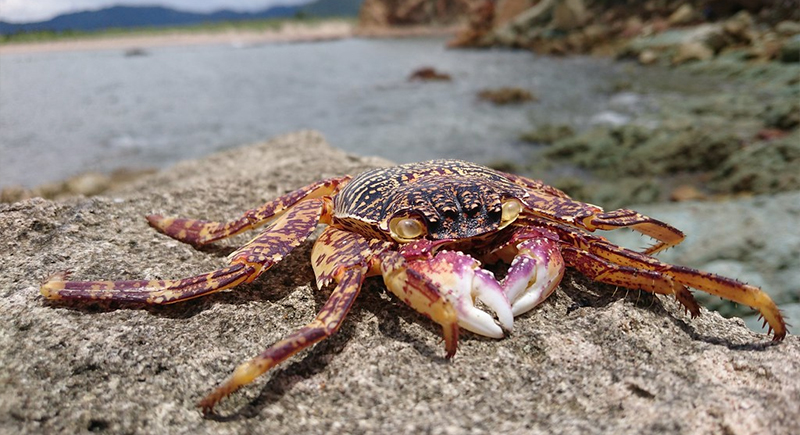
Credit: flickr
Slowly adjusting its shell to match the environment, the shore crab matches rocks, algae, and sand to avoid being seen. Its steady approach to disguise itself works well in coastal areas, where sudden movements draw attention.
Rock Ptarmigan
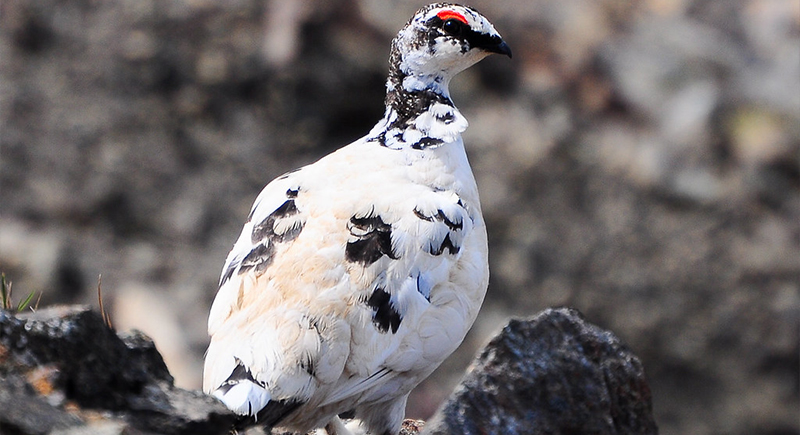
Credit: flickr
Seasonal changes in daylight trigger the rock ptarmigan to modify its feather colors throughout the year. In summer, it blends into rocky ground with mottled brown plumage. As fall begins, patches of white appear and pave the way for it to adapt to the mixed terrain. By winter, its feathers turn completely white, including those on its legs and feet.
Arctic Fox
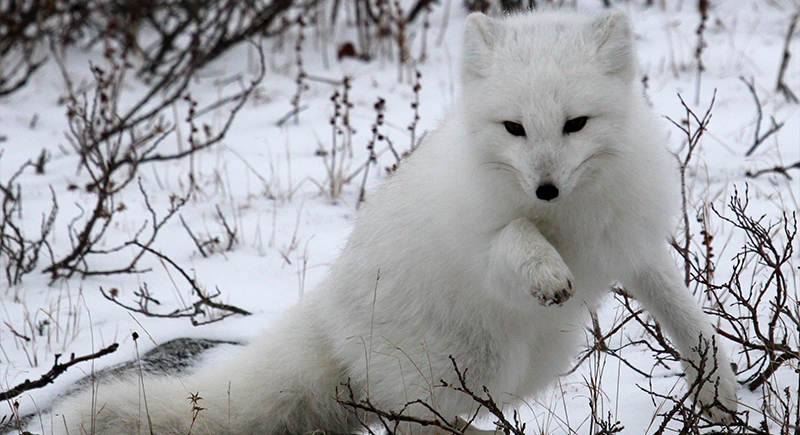
Credit: Wikimedia Commons
As the cold season approaches, the Arctic fox sheds its brown or grey summer fur and grows thick, white insulation to stay warm and hidden. If snowfall comes late, this mutation can leave the fox exposed and reduce its mask when it needs it most.
Anole Lizard

Credit: Wikimedia Commons
First documented in the southeastern United States centuries ago, the green anole has adapted well to both wild habitats and human-altered spaces. Its ability to mutate between green and brown gives it room to survive in a range of environments, from forests to backyard fences.
Squid
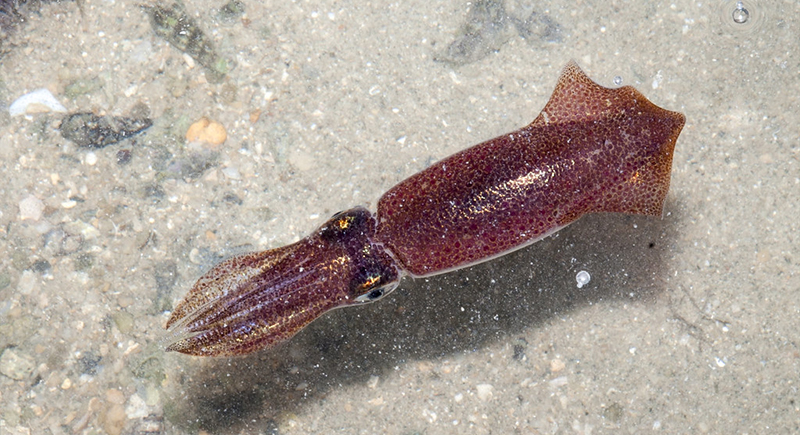
Credit: flickr
Flashing color patterns across its skin show how the squid uses more than camouflage to survive. In busy reef environments, this ability gives it an edge—one moment it conforms, the next it’s warning its mates or attracting them. Because it is able to adjust in real time, the squid stays flexible in unpredictable situations.